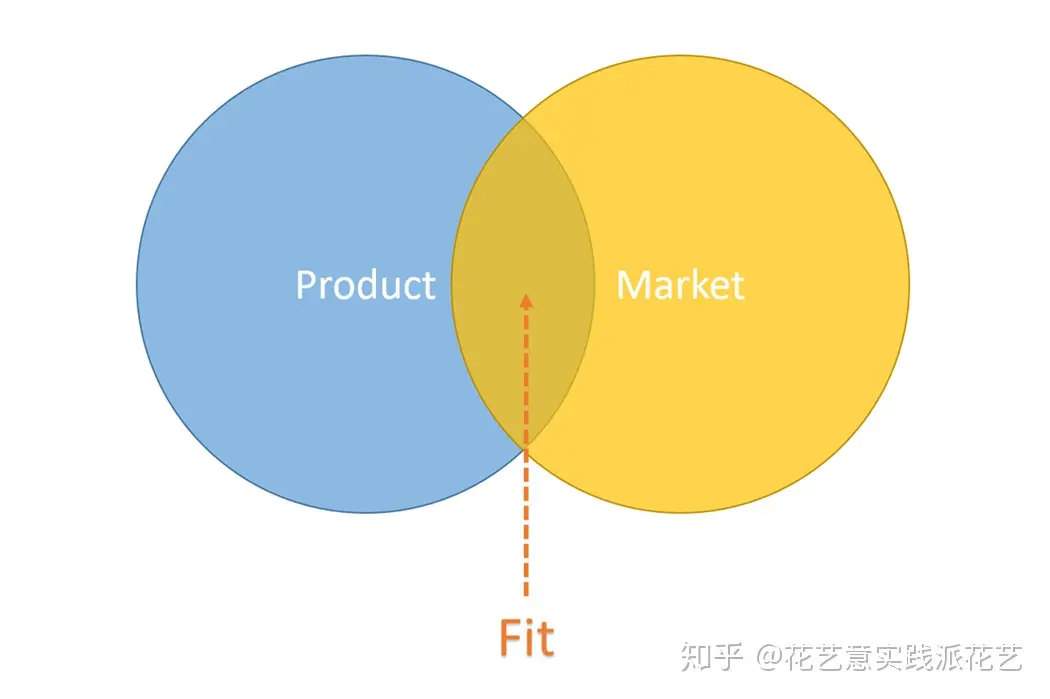Step-by-step guide to creating beloved floral works using PMF
[Hua11.com Original] In modern entrepreneurship, the concept of PMF (Product Market Fit) plays a crucial role. Coined by Silicon Valley investor Marc Andreessen, PMF focuses on aligning your product with the actual market demand. It has been successfully applied by numerous startups worldwide.
Now, let's explore how we can apply this concept to the development of our floral products.
1. The Essence of PMF:
- As the name suggests, PMF aims to find the sweet spot where your product and the market intersect.
- Only when these two elements truly fit can your product gain acceptance in the market, leading to increased sales and profits.
- From a business perspective, such a product is considered successful.

2. Testing Product-Market Fit:
- Traditionally, the approach involves creating a product, launching it, and then assessing whether it meets PMF.
- However, consider a more market-centric approach:
- Begin by focusing on the market itself.
- Observe your target audience closely, identify their current needs and pain points, and estimate the market size (i.e., the number of potential customers).
- If the market size aligns with your expectations, adopt the MVP (Minimum Viable Product) mindset (as discussed in [Hua11.com · Flower Shop Startup Series 4] How to test the feasibility of opening a flower shop or studio in the cheapest and fastest way?).
- Launch a basic V1 version that meets essential needs but doesn't require full maturity or perfection.
- Introduce this imperfect plan to the market for testing.
3. Market Acceptance and Competitive Advantage:
- If the market embraces your plan—even with imperfections and customer dissatisfaction—it indicates a viable entry point for PMF.
- At this stage, you've gained a competitive edge.
- Your next step is crucial: Enhance the V1 plan immediately to amplify your competitive advantage.
- Act on customer feedback, swiftly launching an upgraded V2 plan and conducting further testing.
- Continue iterating with V3 and V4 versions (as discussed in [Hua11.com · Marketing Pro Series 3] Apply the "Advantage Amplification Principle" to discover your niche market).
4. Retaining Dissatisfied Customers:
- Don't fear losing initial dissatisfied customers; your large market capacity compensates for this.
- Strategies to win them back include:
- Sincerely inviting them to try your upgraded plan.
- Offering the latest product issue for free.
- Providing free upgrades to their previous plan.
5. Practical Examples
To deepen our understanding of the PMF concept, let's explore a specific example.
Imagine you want to create a "light decoration package" for merchants in nearby malls, specifically for store celebrations or mall events. This package will incorporate floral and balloon elements.
However, you haven't fully grasped the merchants' actual needs or their budget constraints. Only a few interested merchants have shared their opinions.
Despite this, you're eager to kick off this business. So, based on these initial opinions, you quickly drafted an imperfect plan. You also obtained some case photos of floral and balloon arrangements from Hua11.com students.
To simplify the plan for better communication, you included just two elements:
- A balloon arch.
- A table flower.
You marked the price accordingly.
Next, you presented this plan to the merchants who had previously shared their opinions. Interestingly, most of them expressed interest in opening flower baskets as well.
Promptly, you adjusted the plan. You obtained case photos from the student backstage and added:
- A pair of fresh flower and balloon opening flower baskets.
You priced this updated plan and then began promoting it to other merchants. Simultaneously, you continued refining the plan—adjusting elements, matching colors, and fine-tuning the price range.
This iterative process continued until your plan evolved, aligning more closely with the merchants' needs and fitting within their budget.
At this juncture, your product has achieved PMF. Naturally, your business will take off.
This example underscores an essential concept: Rather than creating the actual products first, you started from the market. You identified a product (the plan) that resonated with the market and then executed its production.
Remember, this bottom-up approach is crucial to success.
The "light decoration" category introduced here holds significant value for flower shop and floral studio practitioners. For further insights, explore the articles in Hua11.com's "Light Decoration Series."
Copyright Statement:
This article is an original creation by Hua11.com and is included in the “How to Run a Flower Shop and Floral Studio” Ebook. The content of this article may be periodically updated and is initially published on the Hua11.com official website blog. You can find the article at this link: https://hua11.com/blog/4695.html.
Reproduction of this article is permitted, provided that it is reprinted in full and all copyright information is retained. Any form of plagiarism, whether partial or complete, is strictly prohibited. Legal action will be taken against violators.
The work titled “How to Run a Flower Shop and Floral Studio” is copyrighted by Hua11.com. Additionally, the “Practical Floral Training” model and the concept of “Light Decoration” are original creations by Hua11.com. The trademark “花艺意” is registered and protected by relevant national laws.